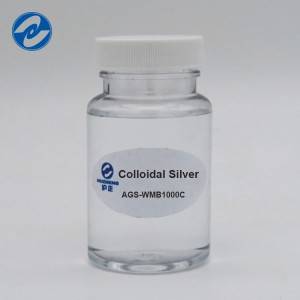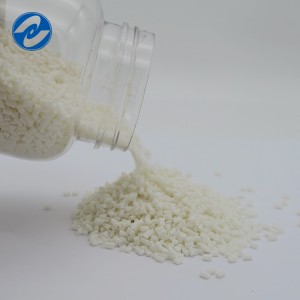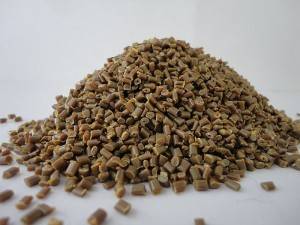Professional China China Anti-Bacterial Non-Woven Fabric, Polypropylene Non-Woven Fabric for Face Mask Disposable
Our eternal pursuits are the attitude of “regard the market, regard the custom, regard the science” plus the theory of “quality the basic, have faith in the main and management the advanced” for Professional China China Anti-Bacterial Non-Woven Fabric, Polypropylene Non-Woven Fabric for Face Mask Disposable, Now we now have established steady and lengthy company associations with clients from North America, Western Europe, Africa, South America, extra than 60 countries and regions.
Our eternal pursuits are the attitude of “regard the market, regard the custom, regard the science” plus the theory of “quality the basic, have faith in the main and management the advanced” for China Meltblown and Non-Woven Fabric price, Our company offers the full range from pre-sales to after-sales service, from product development to audit the use of maintenance, based on strong technical strength, superior product performance, reasonable prices and perfect service, we’ll continue to develop, to offer the high-quality goods and services, and promote lasting cooperation with our customers, common development and create a better future.
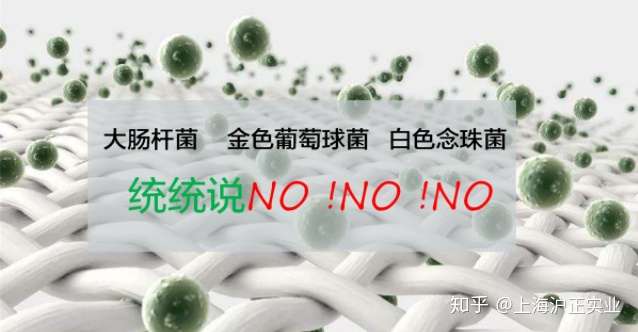
Antibacterial principle
First, the direct interaction between the copper surface and the bacterial outer membrane ruptures the bacterial outer membrane; then the copper surface acts on the holes in the bacterial outer membrane, causing the cells to lose necessary nutrients and water until they shrink.
The outer membrane of all cells, including single-celled organisms like bacteria, has a stable microcurrent, usually called “membrane potential.” To be precise, it is the voltage difference between the inside and outside of the cell. It is likely that a short circuit occurs in the cell membrane when the bacteria and the copper surface come into contact, which weakens the cell membrane and creates holes.
Another way to create holes in bacterial cell membranes is local oxidation and rust, which occurs when single copper molecules or copper ions are released from the copper surface and hit the cell membrane (protein or fatty acid). If it is an aerobic impact, we call it “oxidative damage” or “rust”.
Since the main protection of the cell (the outer membrane) has been breached, the flow of copper ions can enter the cell unimpeded. Some important processes inside the cell are destroyed. Copper really controls the inside of cells and hinders cell metabolism (such as biochemical reactions necessary for life). The metabolic reaction is driven by enzymes, and when excess copper is combined with this enzyme, they will lose their activity. The bacteria will not be able to breathe, eat, digest and produce energy.
Therefore, copper can kill 99% of bacteria on its surface, including Staphylococcus aureus, Escherichia coli, etc., and has a good antibacterial effect.
Recently, the market for antibacterial and antiviral masks is booming, which is a good opportunity to increase the added value of enterprise products!


.jpg)

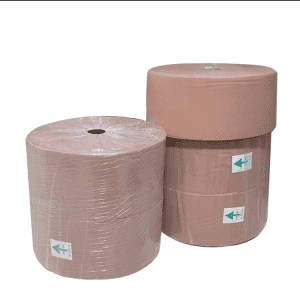

-300x300.jpg)

